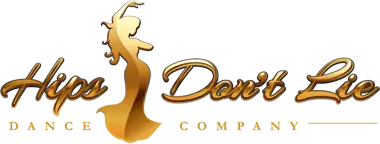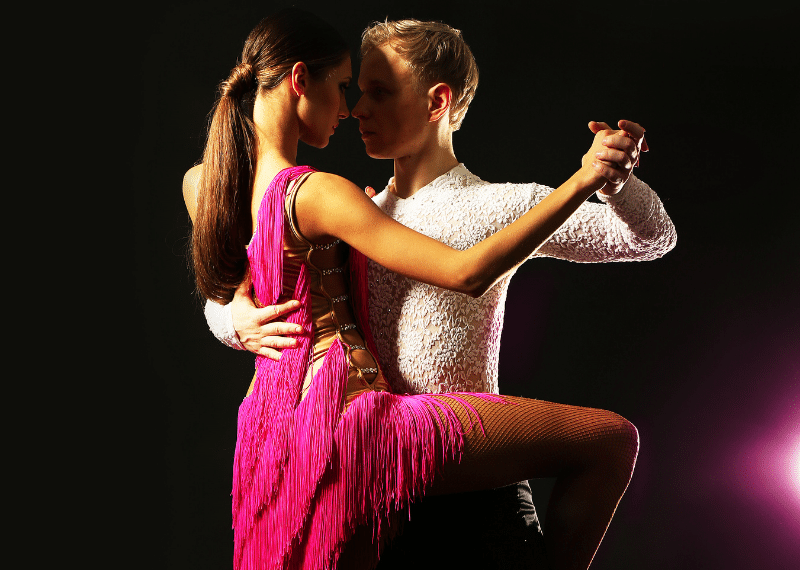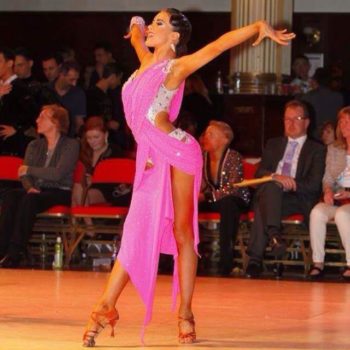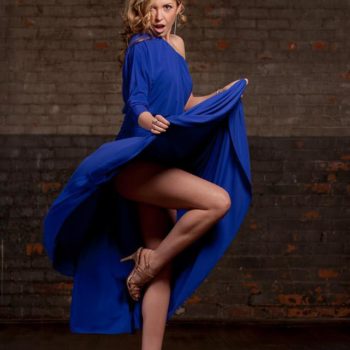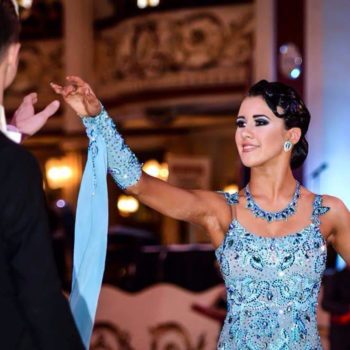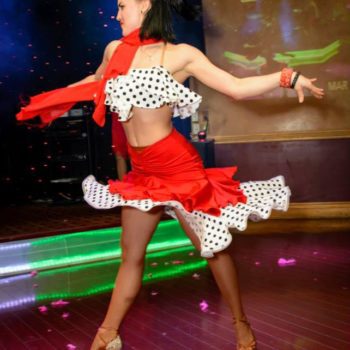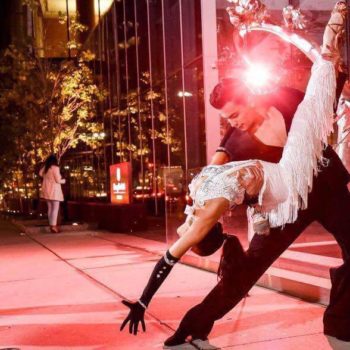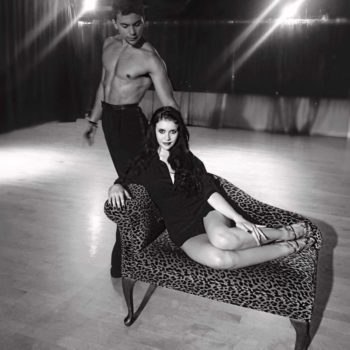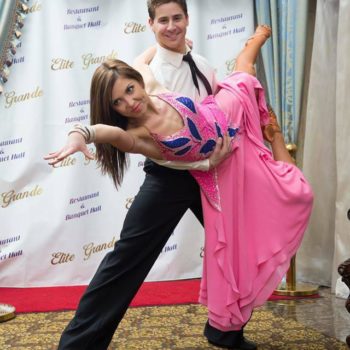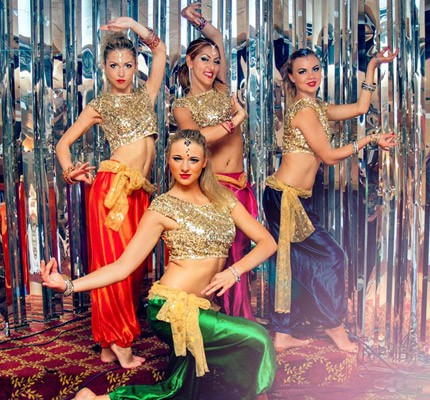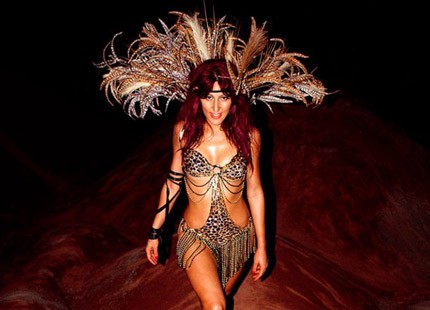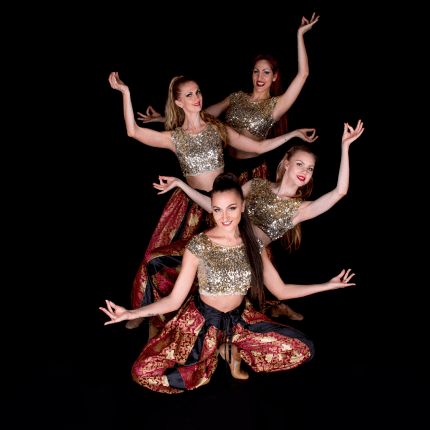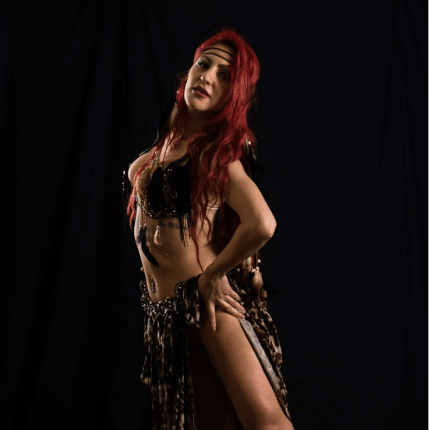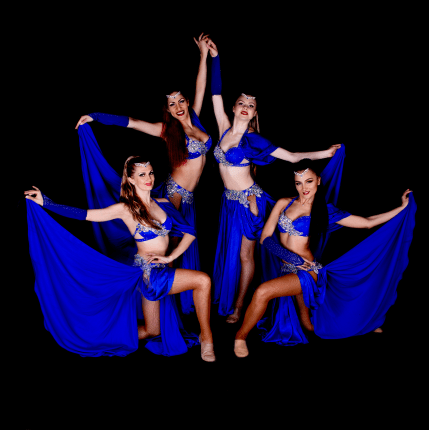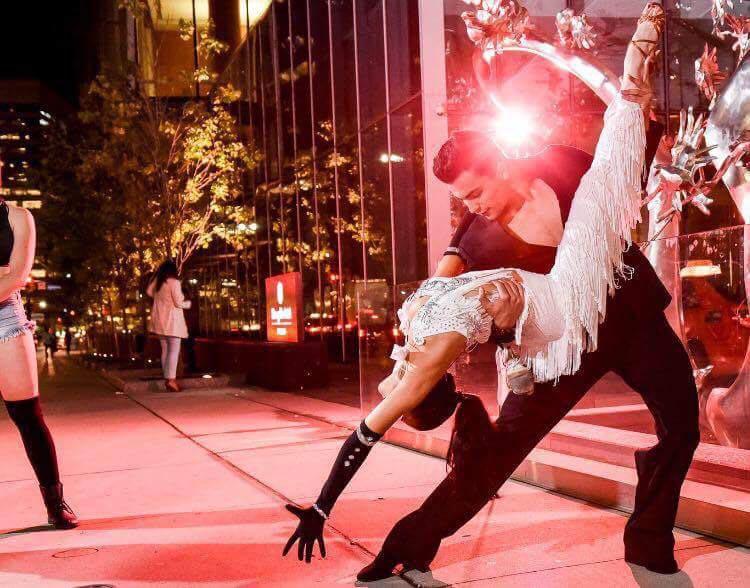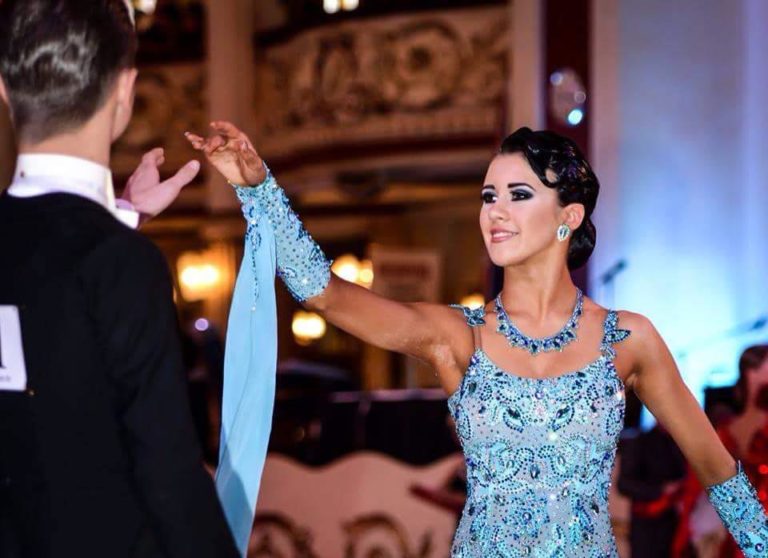Private or Corporate Ballroom Dance Performances
TOP RATED DANCERS & DANCE ACTS FOR HIRE!
Everything you'll ever need to know about booking a dancer or dance group. Want to mix up the entertainment at your event?

Solo Dancer
Hire a Solo Dancer or our Group for your Next Event, Wedding, Private Party.
Solo Dance Performance
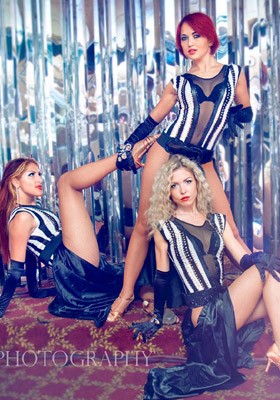
Dance Trio
Hire these dancers as soloists, a duet, ar a trio for your finest events
Dance Trio Performance

Dance Troupe
Dancers for hire from a single belly dancer to a troupe of can dancers.
Dance Group Performance
Order a call back
NATIONAL FOLK DANCES
We have a fantastic range of national dancers for hire to wow your guests, bring some magic to an event or get everyone up on the dance floor.
If you're looking for something special for your event, look no further han us.
DIVE IN TO THE WORLD OF DANCE!
